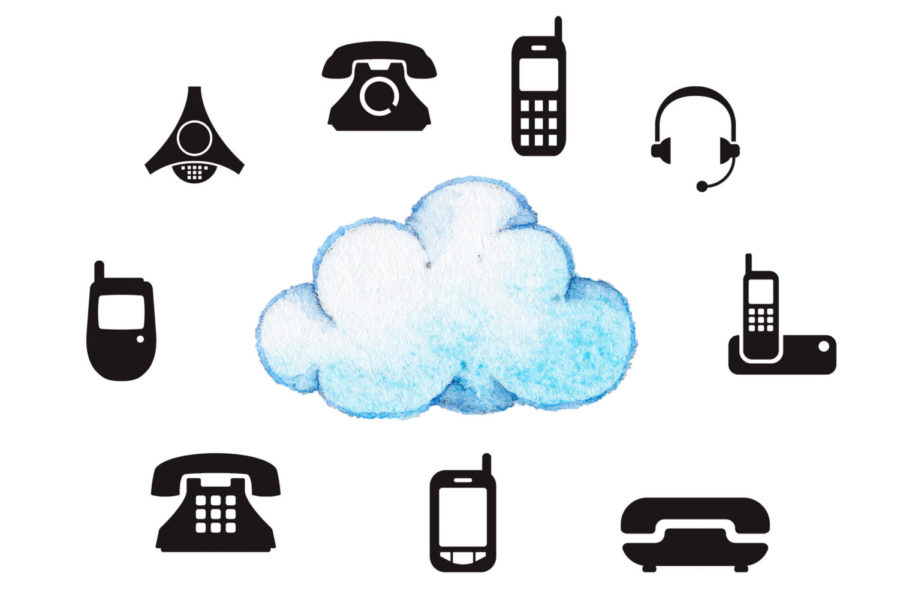Iowa State transitions to the cloud
Illustration: William Deaton/Iowa State Daily
Iowa State is replacing all the phones on campus with the cloud system. It will take about eight weeks to replace all the phones.
April 29, 2013
This summer, Iowa State will be replacing its old telephone system with “the cloud.” The switch will be made between May 1 and July 1, just in time for the expiration of the current system on July 1.
Information Technology Services has been looking into a system to replace the current one for about a year, since the old system is expiring.
The initial cost to replace the telephones is estimated at about $1.5 million with an added $50,000 to connect the phones to Ames-area phone companies.
However, Iowa State is expected to save about $600,000 per year after making the switch.
Almost every campus telephone is going to be replaced, including the phones that are in dorm lobbies and in dens. This comes to about 8,000 phones. 1,000 phones will be replaced per week for eight weeks beginning on May 1.
“Beginning in May, users will begin to see new telephone sets being deployed on campus, and the goal is to have everyone moved to the new system by July 1,” said Jen Lohrbach, senior systems analyst for IT Services and a contributor in the transition project.
The cloud is traditionally thought of as a virtual space where you can back up music, movies and other important files without the fear of losing them. Recently, the cloud has been making a transition into the telecommunications field.
A cloud-based phone system is a relatively cost-effective system and is an up-and-coming trend with a lot of companies and businesses.
“Cloud-based communication is [a] cost-effective alternative to traditional voice phone systems, minimizing capital investment,” Lohrbach said.
Iowa State will be contracting with Internet2, and Aastra will be the service provider for Iowa State’s cloud, which will digitally store all ISU phone data. Aastra is a global company that offers products and communication services for businesses and companies.
“The Internet2 network offers advanced networking solutions tailored for research and education. Iowa State has been a member of Internet2 for a number of years, and the VoIP [voice messaging technology] solution takes advantage of our existing network,” said Mike McQuiston, computer operations manager for IT Services.
The new system offers many new features that the original system did not, such as the option to sync university phones with personal cell phones as well as the option of syncing university computers.
It will also be synced with Microsoft Outlook and Microsoft Exchange. Another feature is the voice portal feature, which lets the owner control call-forwarding and voicemail, and change passwords and greetings as well.
There is expected to be a small disruption to the normal phone system while they are implementing the new system. However, all the old phones will still operate while the new system is being installed. All phones will be able to keep their same numbers.







